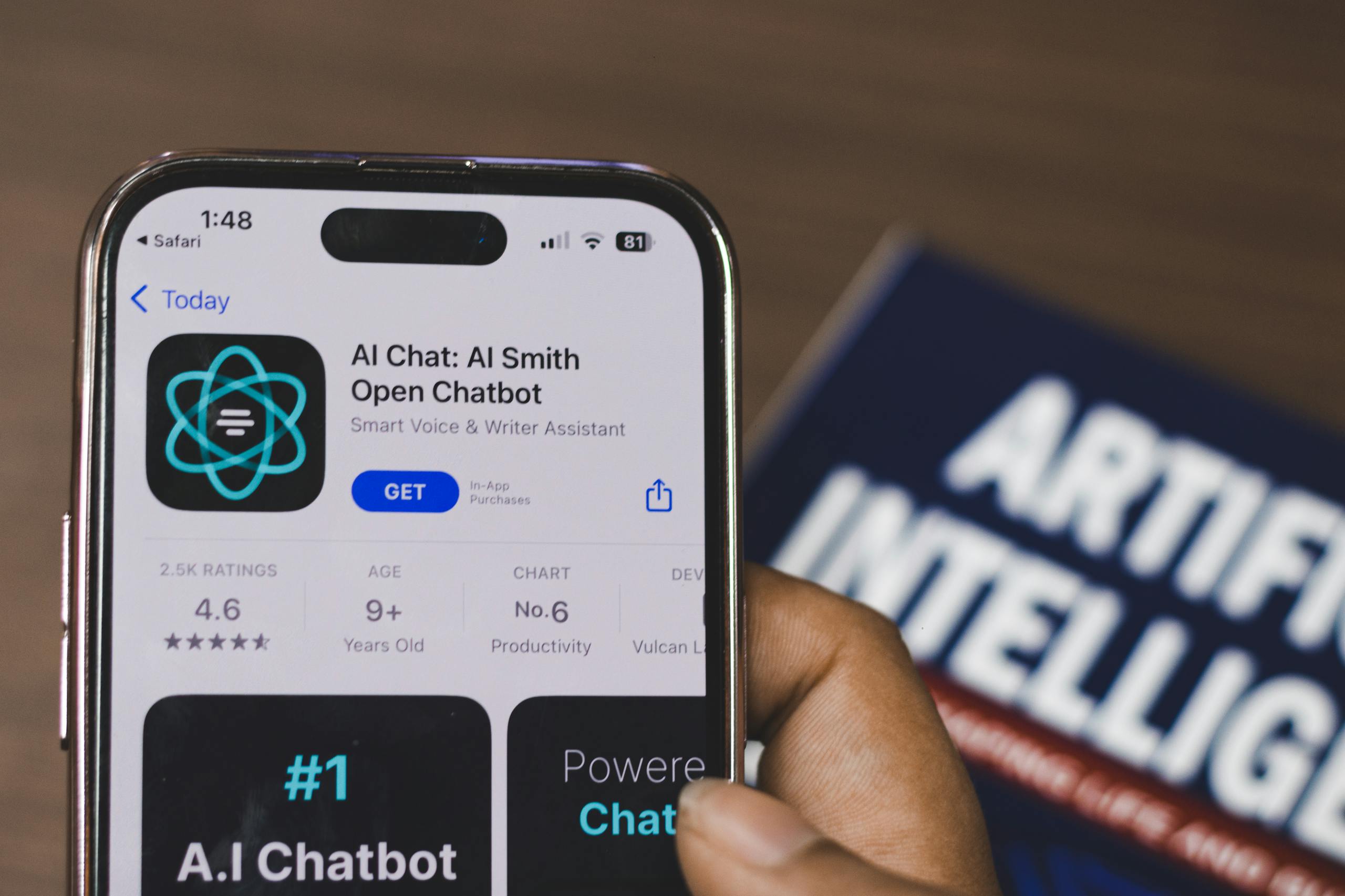Artificial Intelligence and IT: A Partnership Shaping the Future 🤖💼
7 Groundbreaking Ways Artificial Intelligence and IT Are Shaping the Future :
In today’s fast-paced digital era, the worlds of Artificial Intelligence (AI) and Information Technology (IT) are no longer separate entities. They have merged into a powerful partnership that is reshaping industries, revolutionizing workflows, and redefining the way we interact with technology. While IT provides the infrastructure, hardware, and connectivity needed to keep the digital world running, AI brings the intelligence, automation, and decision-making power that makes those systems truly “smart.” Together, they are paving the way for a future where businesses can operate more efficiently, make better decisions, and create products and services that were once unimaginable.
From automating routine IT tasks to predicting system failures before they happen, AI is revolutionizing IT operations. This synergy is not just about efficiency—it’s about innovation. Whether it’s in healthcare, finance, education, or manufacturing, the AI-IT partnership is driving solutions that are more responsive, more adaptive, and more aligned with user needs. This collaboration is also at the core of emerging technologies like cloud computing, cybersecurity enhancements, and predictive analytics. In short, the combination of AI and IT is not just shaping the future—it is creating it, one intelligent solution at a time.
1. The Foundation: IT as the Backbone of AI
Without IT infrastructure, AI would not exist in its current form. IT provides the servers, storage systems, and networking capabilities that allow AI models to process vast amounts of data. Cloud platforms like Amazon Web Services and Microsoft Azure are prime examples of IT enabling AI development and deployment.
Additionally, IT teams are responsible for integrating AI systems into existing workflows. This requires knowledge of both traditional IT practices and modern AI capabilities, making IT professionals an essential part of the AI revolution.
2. AI Enhancing IT Operations
AI is no longer just a tool for data analysis—it’s a full-fledged partner in IT operations. Through concepts like AIOps (Artificial Intelligence for IT Operations), businesses can automate the detection and resolution of issues before they impact users.
For example, AI-powered monitoring tools can identify unusual patterns in network traffic, indicating potential security threats. This proactive approach reduces downtime, enhances security, and improves user satisfaction. IT professionals can now focus on strategic projects instead of being bogged down by repetitive maintenance tasks.
3. Cybersecurity: AI’s Critical Role in IT Security
Cybersecurity threats are evolving at an unprecedented pace. Traditional IT security measures are often reactive, but AI enables a proactive approach. Machine learning algorithms can analyze massive datasets in real time, detecting suspicious activities and blocking cyberattacks before they cause damage.
Platforms like IBM Security AI demonstrate how AI-powered IT security can adapt to new threats and provide faster, smarter protection.
4. Data Management and Decision Making
Data is the lifeblood of both AI and IT. AI can process and analyze vast amounts of structured and unstructured data, while IT ensures that this data is stored securely and accessed efficiently.
By integrating AI into data management systems, companies can generate actionable insights faster. For instance, predictive analytics can forecast system needs, optimize resource allocation, and even suggest new product ideas based on customer behavior trends.
5. Cloud Computing and AI Integration
Cloud computing has made AI more accessible than ever. With scalable storage and computing power, businesses can train complex AI models without investing in costly on-premises infrastructure.
Services like Google Cloud AI provide pre-built AI models and tools, enabling IT teams to deploy intelligent applications quickly. This combination accelerates innovation and reduces time-to-market.
6. AI in IT Support and User Experience
AI-powered chatbots and virtual assistants are transforming IT support. Instead of waiting hours for human assistance, users can get instant answers to common technical problems.
This not only improves user satisfaction but also frees up IT teams to focus on more complex issues. Solutions like IBM Watson Assistant are already widely used for this purpose.
7. The Future: Emerging Technologies Powered by AI and IT
The collaboration between AI and IT will continue to fuel innovations like edge computing, quantum computing, and autonomous systems. As 5G networks expand, the combination of low-latency IT infrastructure and real-time AI decision-making will open the door to applications we can’t yet imagine.
For businesses and individuals looking to stay ahead of the curve, understanding and leveraging the AI-IT partnership will be essential.
Conclusion
Artificial Intelligence and Information Technology are no longer separate domains—they are partners in innovation. Together, they are building smarter, more efficient, and more secure systems that will define the next era of digital transformation.
For businesses, embracing this partnership means staying competitive in a rapidly evolving market. For individuals, it means gaining skills that will be in high demand for years to come. As AI and IT continue to advance hand in hand, the future of technology looks brighter, smarter, and more interconnected than ever before.
Join our WhatsApp community to keep up with the latest in AI, IT, and future tech trends.





13 Comments